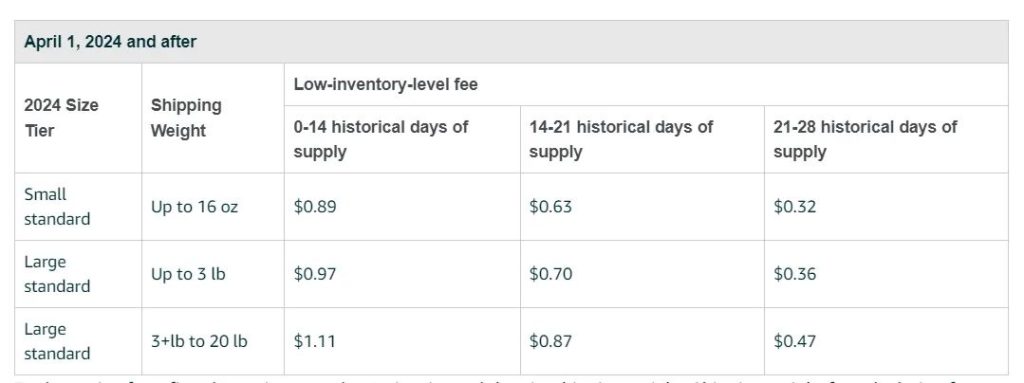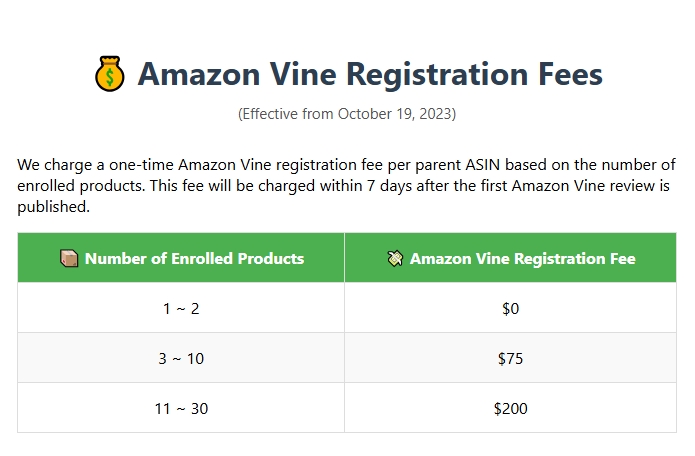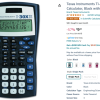How the Latest Incentives Could Transform Your 2024 Sales
Overview
In recent months, platforms like SHEIN, TEMU, and TikTok have seen breathtaking sales performance—either breaking records in the tens of billions or smashing historical records. Major markets are expanding at lightning speed, with sales and user numbers climbing continuously, setting the stage to even surpass Amazon. At this very moment, Amazon is acting like it’s under siege—rolling out layer upon layer of discounts, fee reductions, and other seller incentives. Many Amazon sellers already feel as if they’re reaping huge profits even though their 2024 inventory hasn’t sold yet. Let’s break down the upcoming benefits you’re about to enjoy!
PART.01: Clothing Item Commissions
Starting January 15, 2024 (U.S. time), Amazon will lower sales commissions for the following apparel:
- For clothing priced under US$15, commissions will drop from 17% to 5%.
- For clothing priced between US$15 and US$20, commissions will decrease from 17% to 10%.
Other product categories remain unchanged.
These changes mean that new sellers listing clothing under US$20 can benefit from reduced fees along with the new seller introductory package (up to US$1 million in sales gets an extra 5% discount). In reality, sellers might end up paying extremely low—or even no—commissions!
PART.02: 10% Rebate on New Product Inbound
Starting March 1, 2024 (U.S. time), Amazon will offer an average 10% sales commission rebate for new products registered under the Brand Registry. Now, even non-branded items that meet the criteria can enjoy this rebate!
- For qualifying bulky items, up to 30 products per parent ASIN can receive rebates over 90 days.
- For qualifying standard-size products, up to 100 items per parent ASIN can enjoy rebates for up to 120 days.
PART.03: Lower Costs for Obtaining Reviews
For products registered on or after October 19, 2023, Amazon will process Vine applications at the latest (lowest) prices available—drastically reducing the cost for sellers to gain reviews.
If no reviews are received or the first Amazon Vine review is published more than 90 days after registration, Amazon will not charge any Vine registration fee.
💰 Amazon Vine Registration Fees
We charge a one-time Amazon Vine registration fee per parent ASIN based on the number of enrolled products. This fee will be charged within 7 days after the first Amazon Vine review is published.
| 📦 Number of Enrolled Products | 💸 Amazon Vine Registration Fee |
|---|---|
| 1 ~ 2 | $0 |
| 3 ~ 10 | $75 |
| 11 ~ 30 | $200 |
PART.04: Significant Drop in FBA Shipping Fees
Effective April 15, 2024 (U.S. time), Amazon will reduce FBA (Fulfillment by Amazon) shipping fees:
- Standard-size items will see an average reduction of US$0.20 per unit.
- Non-standard items will drop by an average of US$0.61 per unit.
- Items priced under US$10 continue to enjoy an extra discount of US$0.77 per unit.
Unlike previous years when shipping fee updates always meant increases, this year, logistics fees are finally dropping—an absolute cause for celebration!
PART.05: No Warehousing Fees for Low‐Sales New Buyers
Starting April 1, 2024 (U.S. time), new sellers with low-selling products will be charged zero warehousing fees, eliminating the fear of high storage costs and allowing them to grow fearlessly.
The low-stock fee applies only if the current inventory (relative to historical demand, measured in “historical supply days”) is below 28 days. Only if both the long-term (past 90 days) and short-term (past 30 days) historical supply days are less than 28 does Amazon charge the low-stock fee.
- New professional selling accounts receive a 365‑day waiver on warehousing fees for the first batch of inventory received.
- New parent ASINs are exempt from these fees for 180 days once the first batch is received, provided sellers join the Amazon New Product Inbound Incentive Program.
- Items using Amazon’s automatic replenishment also qualify for this fee waiver.
For established sellers or new sellers not meeting these policies, standard fee structures apply.

PART.06: Reduced Monthly Storage Fees for Standard Items
Starting April 1, 2024 (U.S. time), monthly storage fees for standard-size items during the off-peak period (January to September) will decrease:
- On average, fees will drop from US$0.87 per cubic foot to US$0.78 per cubic foot—a reduction of US$0.09 per cubic foot.
- Non-standard-size items’ fees remain unchanged.
Ever since excess inventory builds up and slow-moving stock piles incur high monthly storage fees (plus long-term storage fees), many sellers have felt the pain. Although the reduction isn’t massive, every little bit counts—especially when every fee matters!
The platform isn’t just about capturing consumer loyalty; it’s about winning the hearts—and wallets—of sellers, ensuring that more excellent companies remain on the platform to offer better products to customers.
Conclusion
As sellers gear up for 2024, these new policies signal a major shift. With reduced commissions, attractive rebates for new product listings, lower logistics and storage fees, and innovative review cost reductions, Amazon is laying out an irresistible bounty. If you haven’t sold your 2024 inventory yet, it might already feel like you’re raking in the profits. Get ready to harvest the benefits!








Roborock’s numbers are insane! Smart vacuums are clearly riding the wave of the ‘lazy economy’.
With brands like Levoit making waves with fresh, youthful designs, the future of kitchen gadgets looks bright.
The way TikTok drives trends is unreal—one video, and a product’s sales skyrocket almost overnight.
It’s fascinating to see a niche market like small appliances growing at over 13% CAGR in recent years.
I love the trend of integrating smart features into small appliances—it’s like a mini tech revolution!
From TikTok mini-trends to Amazon’s top sellers, it’s clear that the future of home appliances is both smart and compact.
Vesync’s impressive revenue turnaround on Amazon proves that smart small appliances can turn losses into profits.
Who knew that even in a declining big appliance market, small appliances could emerge as the dark horse?
Bear Electric’s multi-category strategy and soaring overseas sales show that adaptability truly pays off.
The small appliances market is booming—moving from sluggish big appliances to nimble, innovative devices is a real game-changer.
I’m blown away by how miniaturization trends on TikTok are reshaping products like electric ovens.